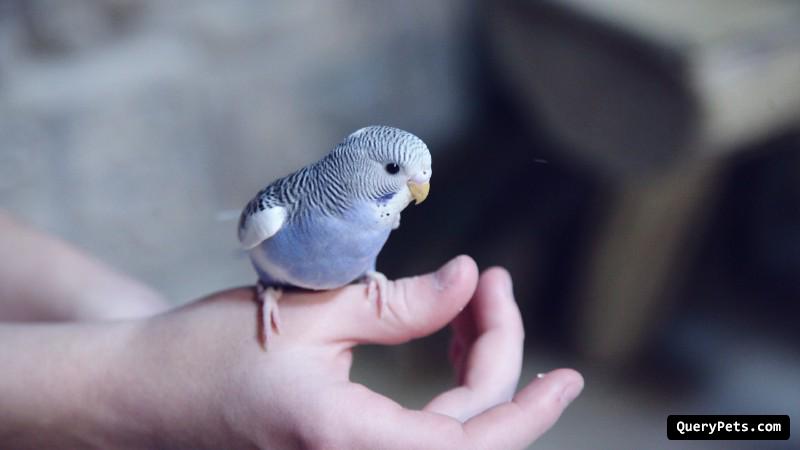Why Do Parakeets Stand On One Foot? Unraveling the Behavior in Pet Birds

Parakeets are one of the most popular pet birds worldwide. These small and colorful birds are beloved for their playful nature, intelligence, and ability to mimic human speech. One peculiar behavior often observed in parakeets is their tendency to stand on one foot. In this article, we will delve into the reasons behind this behavior, exploring the physiological, behavioral, and functional aspects that contribute to parakeets’ preference for one-footed stances.
Why Do Parakeets Stand On One Foot?
Parakeets stand on one foot primarily to conserve energy and maintain balance. By standing on a single leg, they reduce muscle fatigue and minimize the energy expenditure required to remain upright.
This behavior allows them to rest while still maintaining stability, which is especially important during periods of extended perching or sleep. Also, standing on one foot may serve as a way to communicate relaxation or readiness for rest within a social context.
An Overview of Parakeets
Parakeets are small birds native to Australia. In the wild, they inhabit open grasslands and scrublands, forming large flocks. They have a social nature and are highly adaptable, which has allowed them to successfully adapt to urban environments as pets.
Parakeets come in various colors and patterns, showcasing their vibrant plumage. Their genetic variations and selective breeding have resulted in a wide range of color mutations.
As pets, parakeets have become popular due to their intelligence, sociability, and ability to mimic sounds.
The Behavior of Standing on One Foot
One of the most commonly observed behaviors in parakeets is their habit of standing on one foot. While it may seem unusual, this behavior serves an important purpose. By standing on a single leg, parakeets optimize their balance and stability.
This behavior allows them to conserve energy and reduce the strain on their muscles and joints. Parakeets, like other bird species, have a specialized adaptation in their feet and legs that enables them to maintain this one-footed stance comfortably.
Physical Reasons
Parakeets’ ability to balance on one foot is made possible by their unique skeletal structure. Their legs are designed to support their body weight and provide stability.
The joints in their legs, particularly the knee and ankle joints, have strong ligaments and tendons that allow them to maintain their position while standing on one foot.
Furthermore, parakeets have zygodactyl feet, which means they have two toes facing forward and two toes facing backward. This foot structure allows them to grip perches securely, providing the necessary support to stand on one foot comfortably.
Energy Conservation
Conserving energy is crucial for parakeets, as it helps them thrive in their natural environment and cope with the demands of captivity. By standing on one foot, parakeets minimize the effort required to maintain balance.
This energy-saving behavior is particularly advantageous during periods of rest or when perching for extended periods.
By reducing muscle fatigue and conserving energy, parakeets can allocate their resources more efficiently for other activities such as feeding, preening, or engaging in social interactions.
Sleep and Rest
The one-footed stance of parakeets is closely associated with rest and sleep. Parakeets often adopt this posture while resting, either during short periods of inactivity or while sleeping.
By standing on one foot, they can maintain stability while reducing muscular effort. This behavior enables them to take brief breaks without fully disengaging from their surroundings, ensuring they can quickly respond to potential threats or changes in their environment.
Adequate rest is vital for parakeets’ overall well-being and supports their physical and mental health.
Social and Behavioral Factors
Social and behavioral factors may also influence parakeets’ one-footed stance. As highly social animals, parakeets are known to mimic the behaviors of their companions and flock members.
It is possible that they adopt the one-footed stance as a form of communication or social display, mirroring the behavior they observe in their group.
This behavior could also serve as a visual signal to indicate relaxation, contentment, or readiness for rest, enhancing social cohesion within the flock or the home environment.
Conclusion
The behavior of standing on one foot in parakeets serves multiple purposes, including balance, energy conservation, and rest. This behavior is facilitated by their unique skeletal structure and the design of their feet. By adopting a one-footed stance, parakeets can conserve energy, maintain stability, and engage in essential activities like resting or sleeping.
While several explanations have been proposed, further research is needed to gain a comprehensive understanding of this behavior in parakeets and its underlying motivations. By studying this behavior, we can deepen our appreciation for these fascinating birds and ensure their optimal care and well-being as beloved pets.
